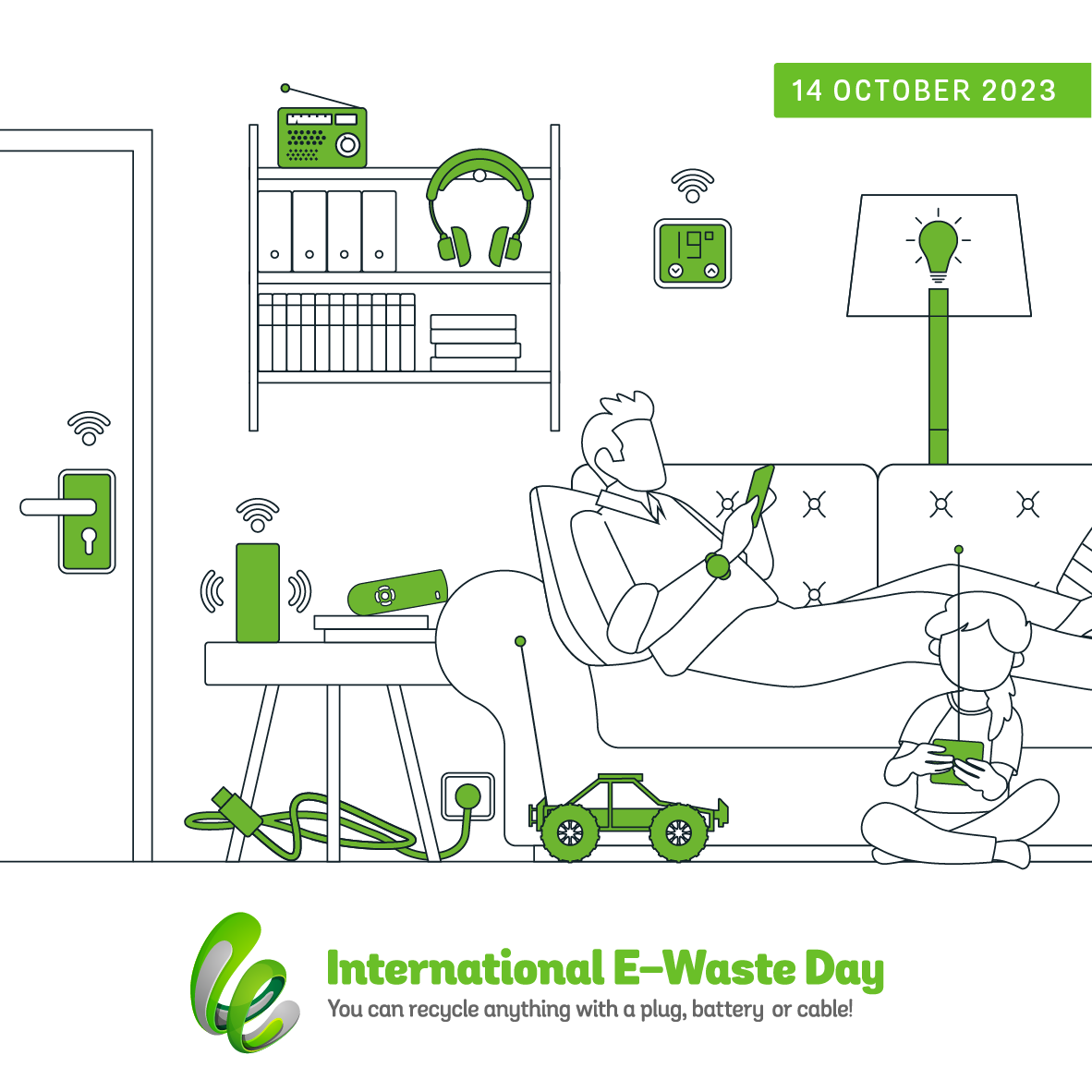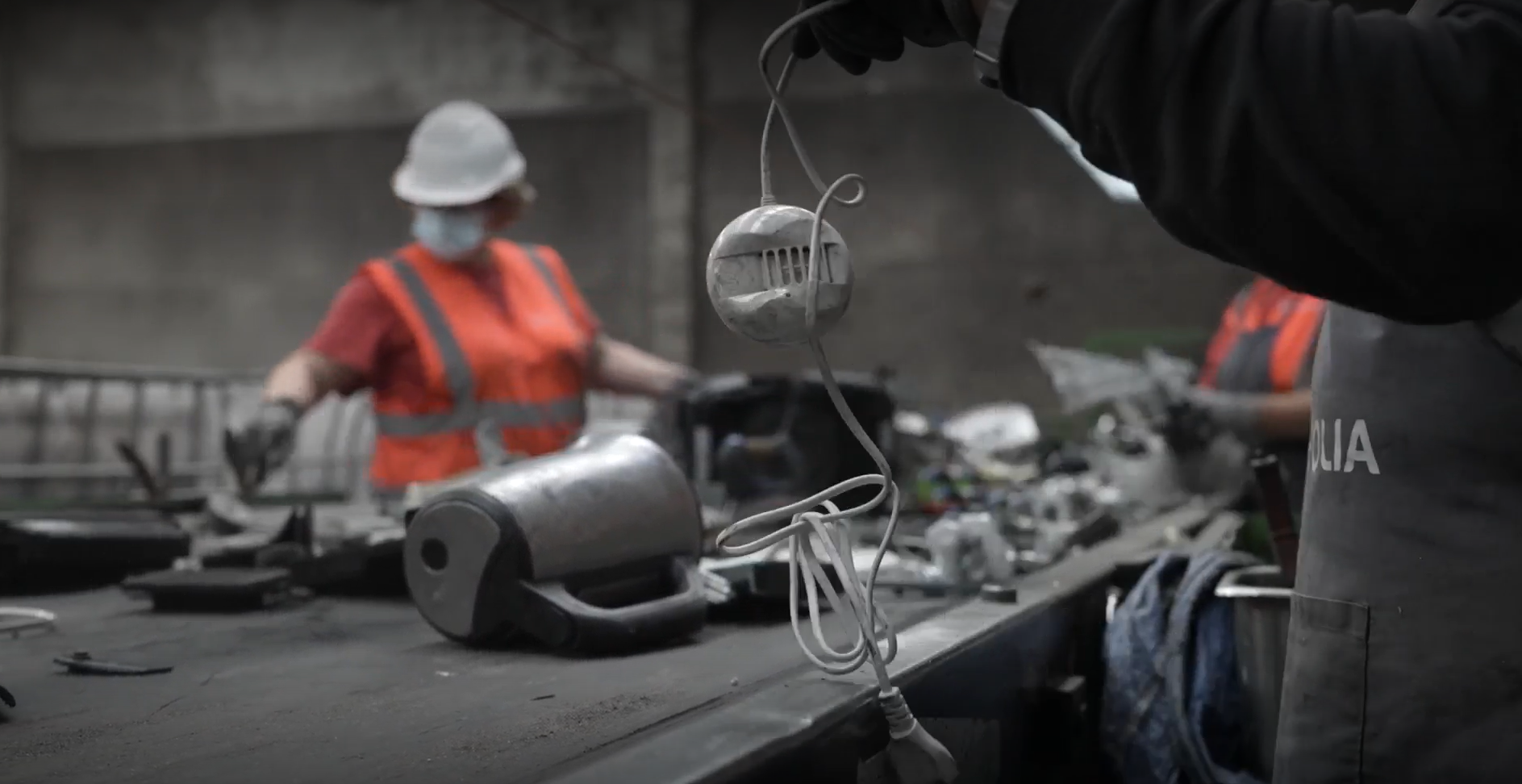Vapes weighing equivalent to 3 Brooklyn Bridges discarded annually in mountain of ‘invisible’ electronic waste
Only 17 per cent of e-waste is recycled globally
Your support helps us to tell the story
From reproductive rights to climate change to Big Tech, The Independent is on the ground when the story is developing. Whether it's investigating the financials of Elon Musk's pro-Trump PAC or producing our latest documentary, 'The A Word', which shines a light on the American women fighting for reproductive rights, we know how important it is to parse out the facts from the messaging.
At such a critical moment in US history, we need reporters on the ground. Your donation allows us to keep sending journalists to speak to both sides of the story.
The Independent is trusted by Americans across the entire political spectrum. And unlike many other quality news outlets, we choose not to lock Americans out of our reporting and analysis with paywalls. We believe quality journalism should be available to everyone, paid for by those who can afford it.
Your support makes all the difference.Vapes. Drones. Power tools. Talking dolls. LED-decorated novelty clothes. Millions of kitchen drawers’ worth of forgotten cables.
The world is accumulating a mountain of “invisible” electronic waste each year, according to new research, worth $10bn in raw materials like iron, copper, and gold.
Electronic waste (e-waste) is the fastest-growing waste stream as tech products proliferate at prices within reach of many consumers.
While Europe recycles 55 per cent of e-waste, the numbers are woefully low globally. The average collection rate for e-waste around the world is just over 17 per cent, according to a United Nations monitor.
This means that millons of tonnes enter landfills or are burned, illegally traded, or hoarded in homes, according to the Waste Electrical and Electronic Equipment (WEEE) Forum, a Brussels-based non-profit.
The group commissioned a UN study to calculate quantities of so-called “invisible” e-waste to mark International E-Waste Day on 14 October.
“Many people don’t recognize some battery-powered or wired-in products like a smoke detector or smart thermostat as an electrical product because they don’t have a plug,” said Pascal Leroy, director-general of the WEEE Forum.
The list goes on - shavers, toothbrushes, external drives and accessories, headphones and earbuds, remote controls, speakers, LED lights, and household medical equipment. All are designated as “invisible” e-waste.
Researchers reached staggering conclusions about e-waste by using an algorithm to calculate the quantity of a product placed on the market plus its expected lifetime.
They discovered that the equivalent of almost half a million 40-tonne trucks in invisible e-waste amounts each year, enough to stretch end-to-end from Nairobi to Rome.

Among this is a pile of vape pens equivalent in weight to three Brooklyn Bridges. Some 7.3 billion e-toys – car racing sets, electric trains, music toys, speaking dolls, drones – are part of the heap, an average of one for every person on the planet.
And if you’ve ever been guilty of binning an unexplained drawer of cables in your home in a pique of frustration, you’re not alone. Some 950million kg of cables were thrown away in 2022, enough to wrap the Earth 107 times.
While many countries are hampered by a lack of recycling options, a recent survey in around a dozen European countries found that people were confused about what counts as e-waste.
What’s more, many of these products contain critical minerals like lithium, cobalt, nickel and copper.
These materials are in huge demand due to the record rollouts of clean energy technologies including electric cars, solar panels and large-scale battery storage to tackle the climate crisis.

China has dominated critical mineral supply chains for decades, controlling nearly two-thirds of global production and 85 per cent of the processing industry, while the US and Europe struggle to catch up.
Lithium, used in vape pens’ rechargeable batteries, has been designated as a strategic raw material by the European Commission and the US government.
However millions of electronic cigarettes are thrown in the dustbin every day across the world, Mr Leroy said at a press briefing on Wednesday, noting that the products also have hazardous components.
“If not properly treated, substances like lead, mercury or cadmium can leach into and contaminate the soil and water,” he added.
While the market to extract lithium from vape pens is still in its early stages, discarded cables are an easy source of copper. Demand for copper is forecast to rise six-fold by 2030 in Europe, the researchers said, to meet the needs of renewable energy, electric mobility, industry, communications, aerospace and defense.
“Much effort and progress was made around plastic pollution and people are now more conscious about it, especially with a UN treaty on plastics in the works by 2024. We hope the same will occur in the e-waste field,” Mr Pascal said.



Join our commenting forum
Join thought-provoking conversations, follow other Independent readers and see their replies
Comments